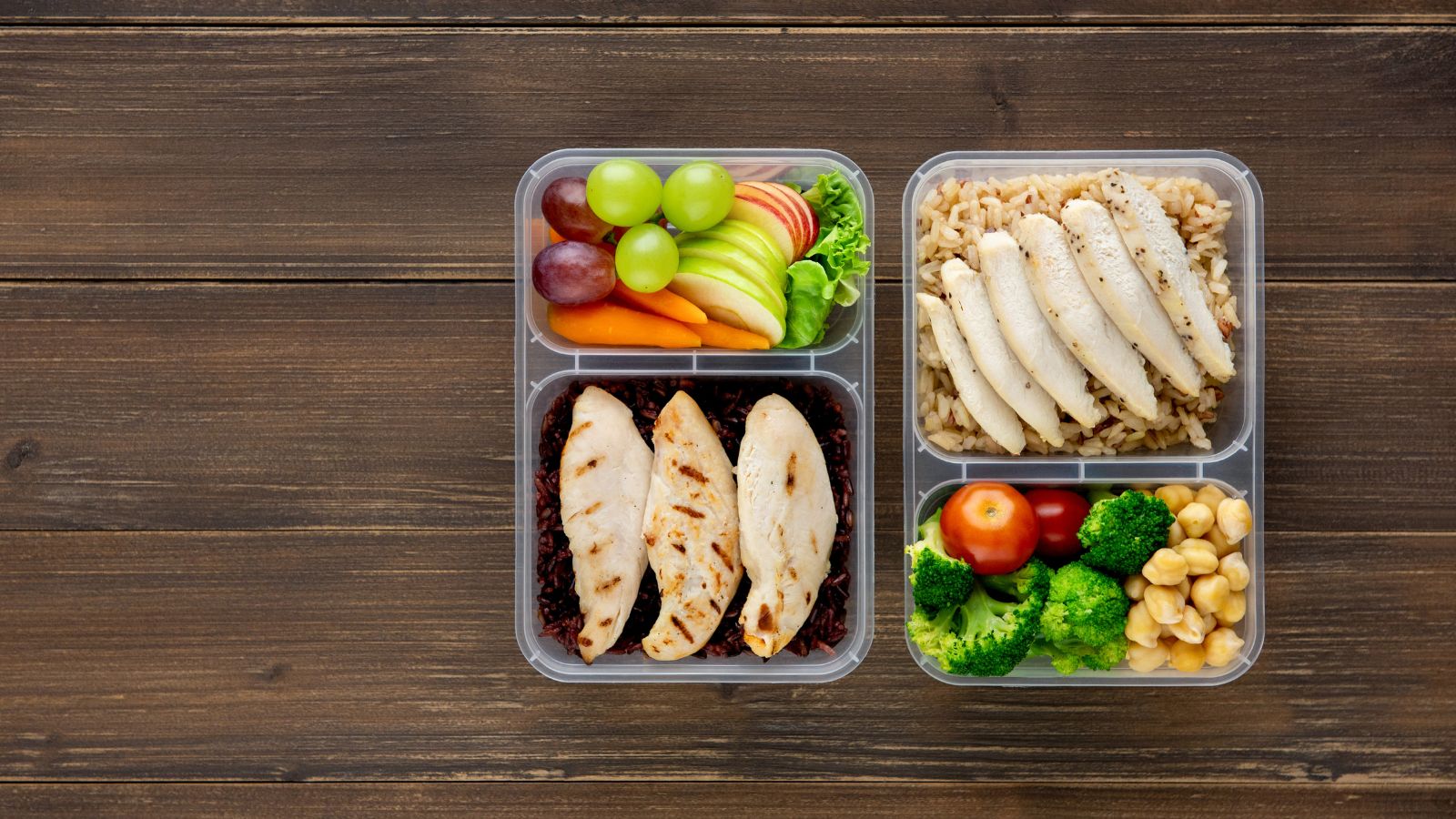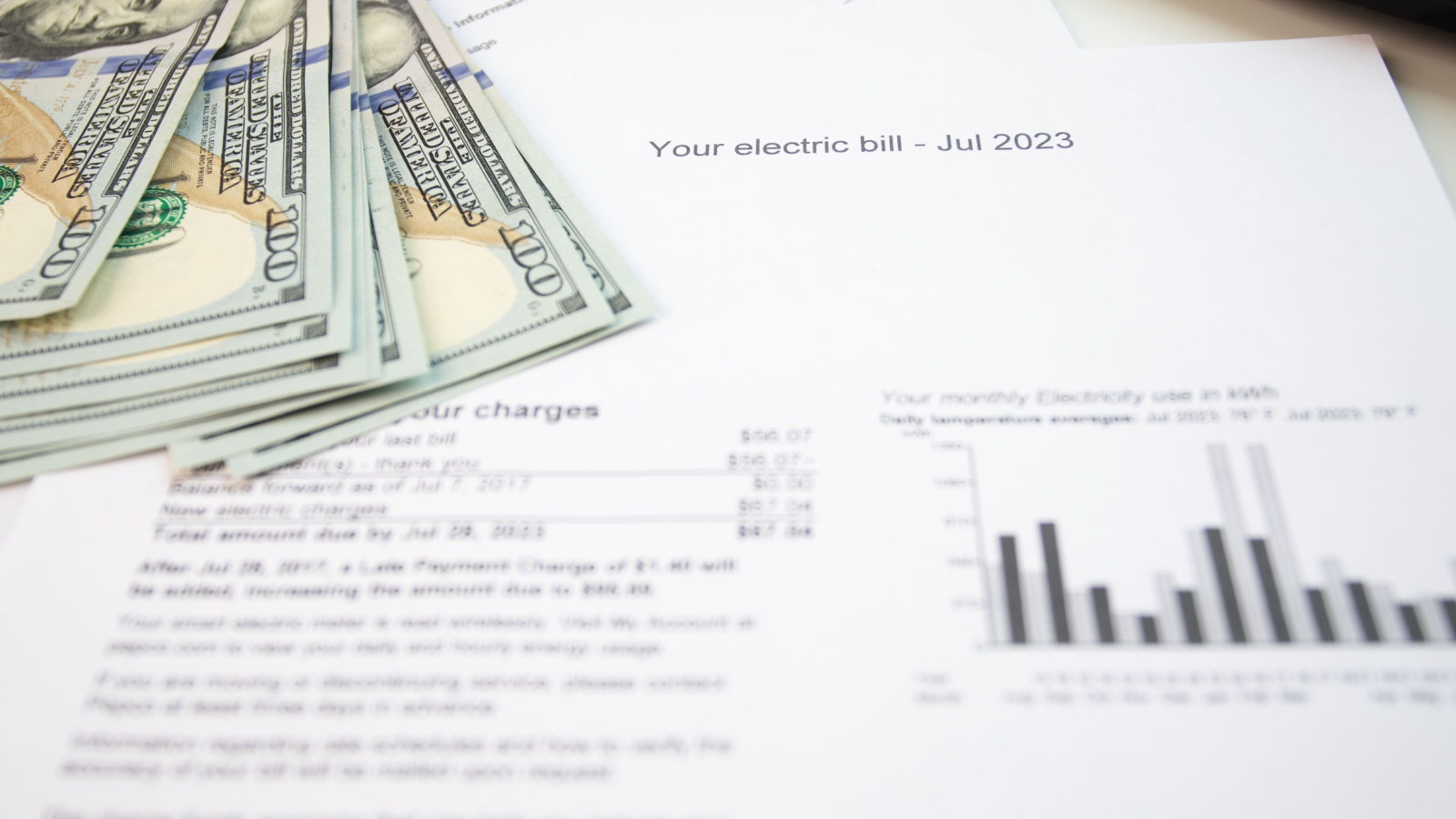With grocery bills climbing, housing costs soaring, and everyday essentials stretching wallets thin, Canadians are finding creative and highly effective ways to protect their finances. These hacks aren’t about extreme frugality or deprivation, but about smart adjustments that quietly add up to big savings over time. Here are 20 budget hacks Canadians are using to save thousands:
Meal Prepping to Avoid Takeout

Instead of ordering lunch or dinner several times a week, many Canadians are batch-cooking meals in advance. By dedicating a few hours on Sundays to prepare soups, pastas, and stir-fries, they can cut food costs by hundreds each month. Cooking in bulk not only slashes per-serving expenses but also reduces food waste by using ingredients more efficiently. The added benefit to this hack is developing healthier eating habits and less stress during busy weekdays. With the average takeout meal costing $20 or more, swapping just five weekly orders for home-prepped meals can save over $5,000 annually.
Bulk Buying and Freezer Storage

Warehouse clubs and local bulk food stores are helping Canadians stretch their dollars. By purchasing staples like rice, pasta, meat, and frozen vegetables in large quantities, they can take advantage of lower unit prices. The key is proper storage, like vacuum sealers and chest freezers, which are becoming household essentials to prevent spoilage. This approach not only cuts grocery bills but also provides a buffer against sudden price spikes, and for households, the savings can reach hundreds of dollars a year, especially when bulk deals are combined with coupons or store loyalty points.
Embracing “No-Spend” Weekends

To curb impulsive spending, some Canadians are scheduling no-spend weekends, which are periods where they avoid purchases beyond essentials. Instead, they focus on free activities like hiking, hosting potlucks, or visiting public libraries and community events. Over time, these intentional breaks from consumer spending add up significantly, as avoiding even $100 in discretionary expenses every other weekend can free up over $2,500 annually.
Switching to Generic Brands

From pantry staples to over-the-counter medications, generic and store-brand products are gaining ground. Many Canadians are discovering that these alternatives offer the same quality as name brands at a fraction of the price, often 20% to 40% less. By consistently choosing generics for groceries, cleaning supplies, and toiletries, a family can save hundreds each year. In many cases, the products are made in the same factories as the branded versions, differing only in packaging. For shoppers willing to test and compare, this simple switch is one of the easiest and most reliable budget wins.
Cutting Cable for Streaming Alternatives

With cable TV packages running $60 to $100 per month, many households are canceling in favor of low-cost streaming services. Subscriptions like Netflix, Disney+, and free ad-supported platforms provide endless entertainment for a fraction of the cost. Some are taking it a step further by sharing family plans or rotating subscriptions monthly to avoid paying for services they’re not actively using. This change can save between $500 and $1,200 annually without sacrificing access to quality content, especially when combined with free resources from public libraries.
Swapping Services Instead of Paying for Them

Bartering is making a quiet comeback among savvy Canadians looking to keep more cash in their pockets. Instead of paying for services outright, people are trading skills, like offering lawn care in exchange for home repairs or tutoring in return for photography sessions. Digital platforms and local Facebook groups make it easier than ever to connect with others willing to swap, and not only does this reduce out-of-pocket expenses, but it also builds community ties. Over time, this approach can free up serious money in your budget while getting things done without the financial hit.
Using Cashback and Points Apps

Canadians are leveraging apps like Rakuten, Ampli, and PC Optimum to earn rewards on everyday purchases. Whether it’s grocery runs or online shopping, these programs return a percentage of spending in the form of cash, store credit, or gift cards, and by stacking these rewards with in-store promotions, some shoppers effectively “double dip” on discounts. Savvy users diligently track their points and redeem them during sales for maximum impact, potentially saving or earning back hundreds, even thousands, over time. It’s essentially free money for buying what you were already going to buy anyway.
Switching to No-Fee Bank Accounts

With many big banks charging $15-$25 a month in account fees, switching to a no-fee alternative like Tangerine, Simplii, or EQ Bank is an easy way to save, which is $180-$300 annually just for moving your money. Many digital banks also offer higher interest rates on savings accounts, meaning your money grows faster. Some even throw in welcome bonuses for new customers. Canadians making this switch often realize they weren’t using many of the premium perks they were paying for, proving it’s possible to get reliable banking without the monthly drain on your finances.
Buying Groceries in the Last Hour Before Closing

Savvy shoppers know that many grocery stores mark down perishables like bakery items, meat, and produce in the final hour before closing. These discounts can be 30-50%, and the food is still perfectly good. Some Canadians make a habit of doing their weekly shop late in the evening, saving big without compromising quality. Pairing these markdowns with coupons or points programs can slash grocery bills even further. Over the course of a year, families who adopt this habit report saving hundreds, and sometimes thousands, while still eating fresh, varied meals.
Embracing the “Buy Nothing” Groups

Across Canada, local “Buy Nothing” Facebook groups are booming. These communities operate on the principle of gifting and reusing instead of buying new, where people offer everything from furniture and clothes to unopened food and electronics, all for free. The only rule is that items can’t be sold. Canadians participating in these groups save on both big and small purchases, while also decluttering their own homes. It’s not just about saving money but also about building community, reducing waste, and finding joy in giving and receiving without cash ever changing hands.
Leveraging No-Fee Credit Cards

Many Canadians are switching to no-fee credit cards that still offer cashback or rewards, effectively putting money back in their pockets without annual costs. This approach ensures you get the benefits of credit, such as fraud protection, purchase insurance, and reward points, without the extra expense. When paired with disciplined repayment to avoid interest, no-fee cards become a strategic tool for everyday savings. By comparing offers and looking for welcome bonuses, cardholders can score hundreds in value each year.
Grocery Price Matching

Price matching at Canadian grocery stores has become a powerful savings tactic, especially in high-inflation times. Shoppers use flyers and apps to compare weekly deals, then ask the cashier to match the lowest competitor price on the spot. This eliminates the need to visit multiple stores, saving both money and time. Some Canadians pair price matching with coupons or loyalty points for even bigger wins, stacking discounts into double-digit percentage savings. With a bit of preparation, this hack can cut grocery bills by hundreds annually, proving that a few minutes of research can lead to serious financial rewards.
Embracing Second-Hand Shopping

Thrift stores, consignment shops, and online marketplaces like Facebook Marketplace and Kijiji are helping Canadians score high-quality goods for a fraction of retail prices. From barely-worn brand-name clothing to gently used furniture, these sources cut spending while reducing waste, and many savvy shoppers also resell items they no longer need, turning clutter into cash. With inflation making new goods pricier, second-hand shopping is becoming less about necessity and more about smart consumer strategy.
Prepaying Mortgage Principal

Homeowners are finding that small, regular prepayments on mortgage principal can drastically reduce total interest paid over time. By putting extra money toward the principal, whether monthly or annually, Canadians are shaving years off their mortgage terms. Even an additional $100 a month can save thousands in interest, thanks to compounding effects. With interest rates still higher than in past years, this strategy is gaining traction as a safe, guaranteed return on money. This is a disciplined move that turns short-term sacrifice into long-term financial freedom.
Using Government Energy Rebates

Canadians are increasingly tapping into federal and provincial rebate programs for home energy upgrades, from better insulation to high-efficiency heat pumps. These incentives can cover a significant portion of upfront costs, lowering monthly utility bills in the long run. The savings don’t stop there, as energy-efficient homes often qualify for lower insurance rates and may increase in resale value. By combining rebates with seasonal sales on equipment, homeowners are making substantial improvements for a fraction of the usual price.
Batch Cooking and Freezing Meals

Meal prepping has evolved from a fitness trend into a financial tactic. Canadians are cooking large batches of meals at once, portioning them out, and freezing them for later use. This reduces grocery waste, lowers the temptation for expensive takeout, and ensures healthier eating. By shopping in bulk and cooking in volume, families cut their per-meal costs dramatically. Plus, having ready-made meals saves time during busy workweeks, making it both a financial and lifestyle win. With grocery prices still high, batch cooking is becoming a go-to strategy for stretching every food dollar.
Off-Peak Utility Usage

Many provinces now have time-of-use electricity pricing, where costs drop during off-peak hours. Canadians are adapting by running dishwashers, laundry machines, and other high-energy appliances late at night or early in the morning, and some are even charging electric vehicles overnight to take advantage of cheaper rates. This simple scheduling shift can save households hundreds annually without any change in actual energy consumption. By pairing this habit with smart thermostats and timers, Canadians are reducing bills while easing strain on the power grid.
Avoiding Bank Fees with Online-Only Accounts

Brick-and-mortar banks often come with monthly account fees that eat into savings, but online-only banks are changing the game. With no physical branches to maintain, they offer no-fee chequing accounts, higher interest rates on savings, and even cash bonuses for signing up. Canadians who make the switch not only avoid monthly charges but often earn more in interest, creating a double benefit. These accounts integrate seamlessly with e-transfers, bill payments, and mobile deposits, making them a convenient and cost-effective choice for digitally savvy consumers.
Carpooling and Ride-Sharing

Rising fuel prices have pushed Canadians to embrace ride-sharing apps and organized carpools, especially for work commutes and school drop-offs. Splitting transportation costs, whether gas, parking, or tolls, can save each participant hundreds per year. Beyond the direct savings, fewer cars on the road mean less wear-and-tear, reduced emissions, and less traffic congestion. Apps and workplace programs now make organizing carpools easier than ever, turning what was once an informal arrangement into a structured, reliable, and eco-friendly cost-cutting measure.
Maximizing Loyalty Programs

From grocery stores to airlines, Canadians are becoming more strategic with loyalty points. Rather than scattering points across multiple programs, savvy shoppers consolidate their spending to unlock bigger rewards faster. Some even use credit cards that double points in specific categories like gas or dining, then stack those points with store promotions. By redeeming points during bonus events or for high-value items, these consumers are stretching their dollars without changing their buying habits.
21 Products Canadians Should Stockpile Before Tariffs Hit

If trade tensions escalate between Canada and the U.S., everyday essentials can suddenly disappear or skyrocket in price. Products like pantry basics and tech must-haves that depend on are deeply tied to cross-border supply chains and are likely to face various kinds of disruptions
21 Products Canadians Should Stockpile Before Tariffs Hit
